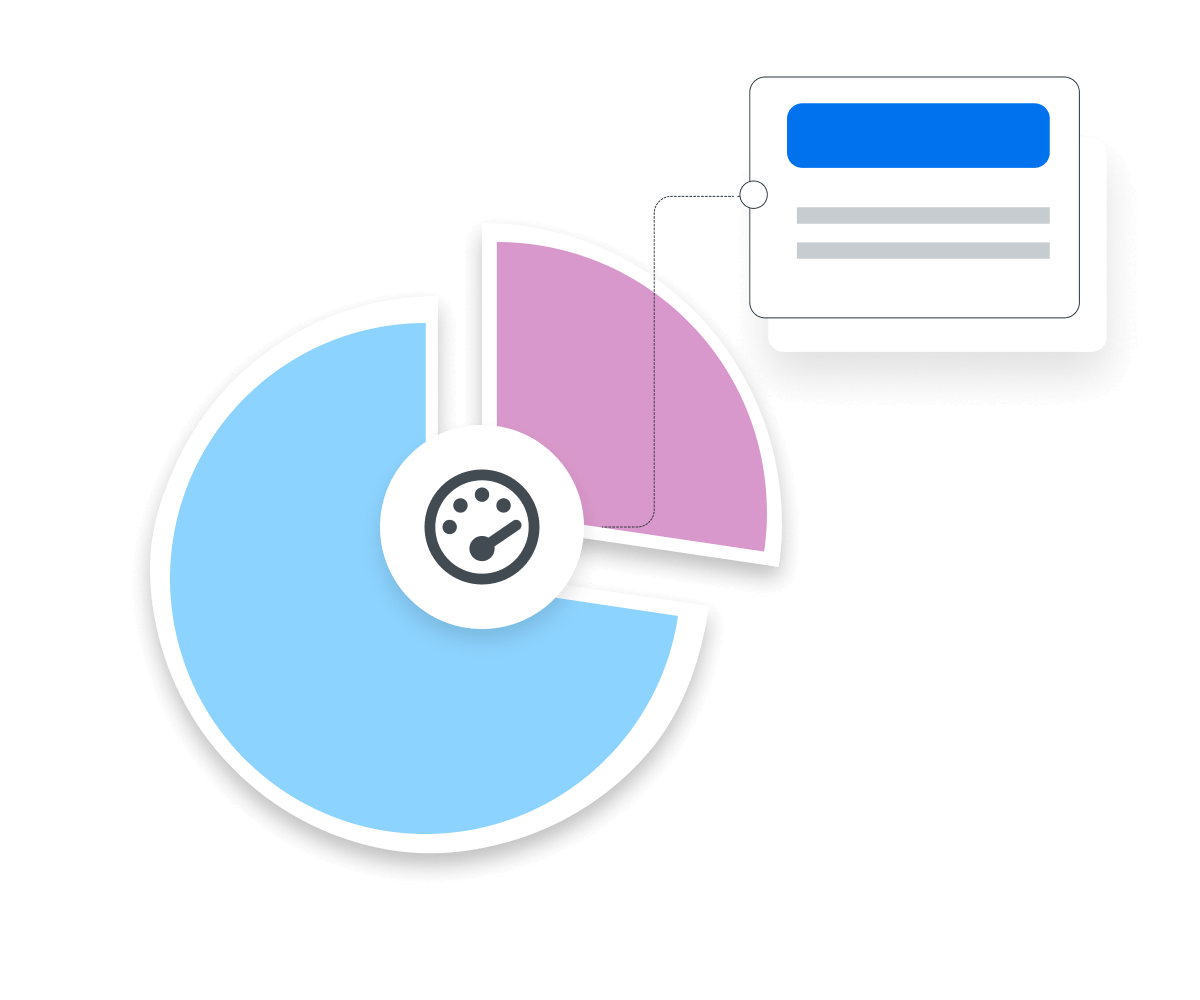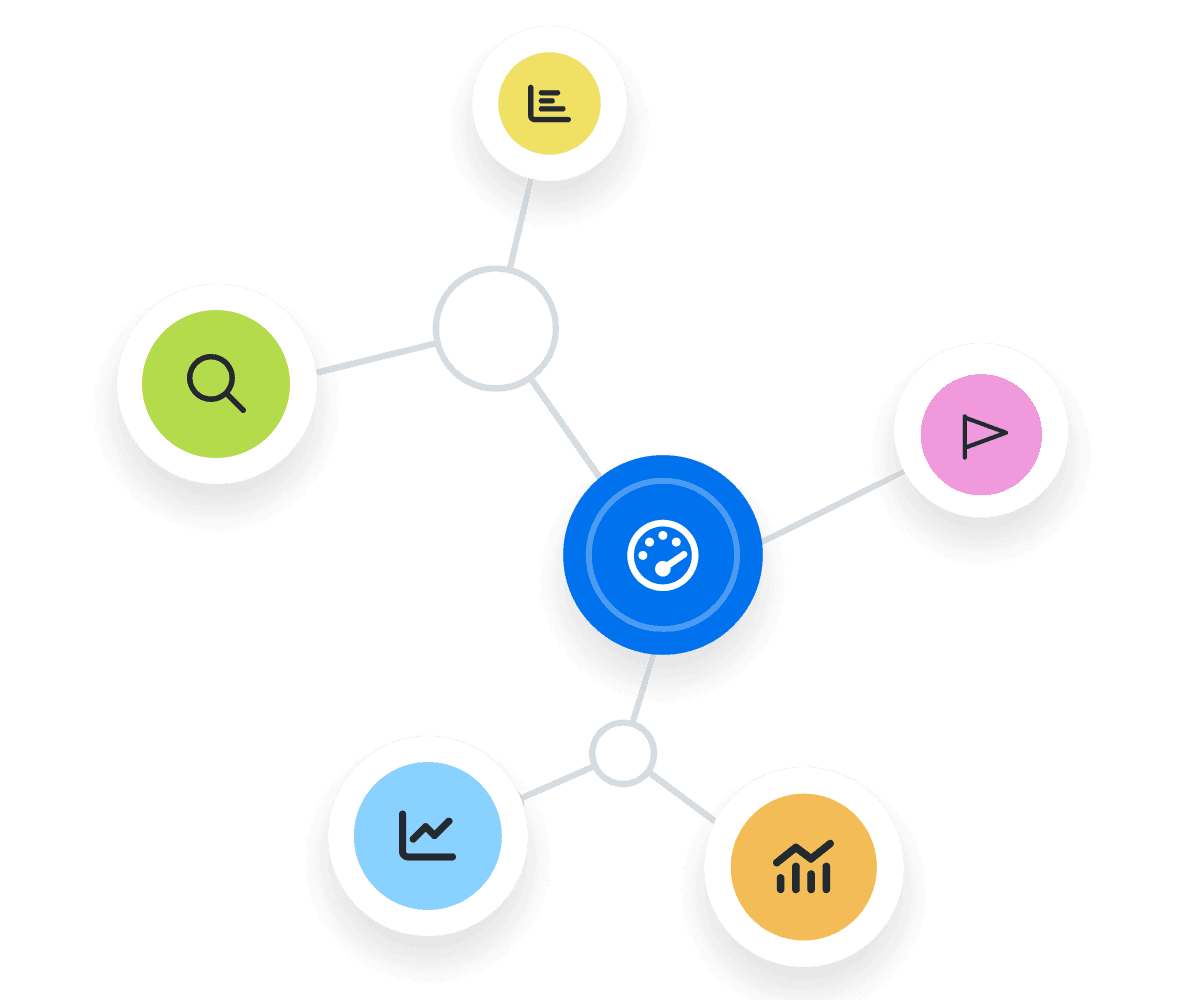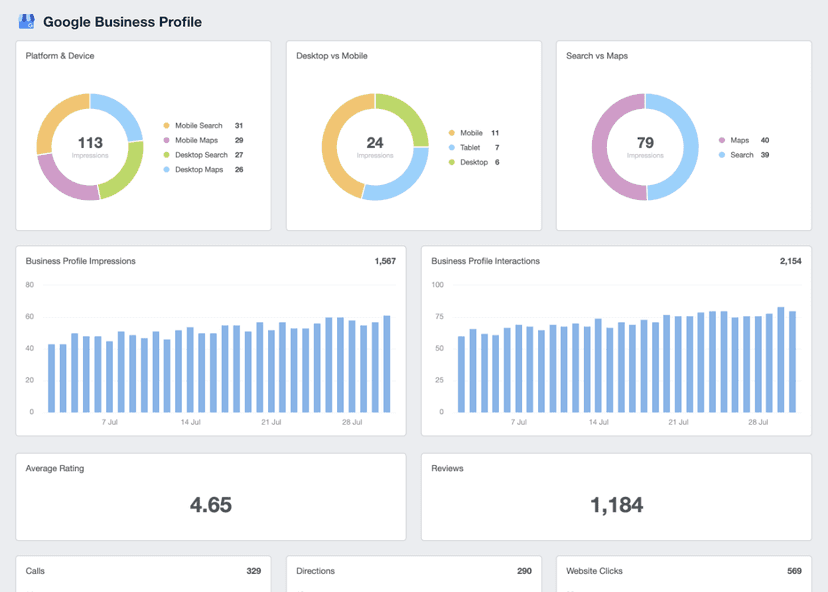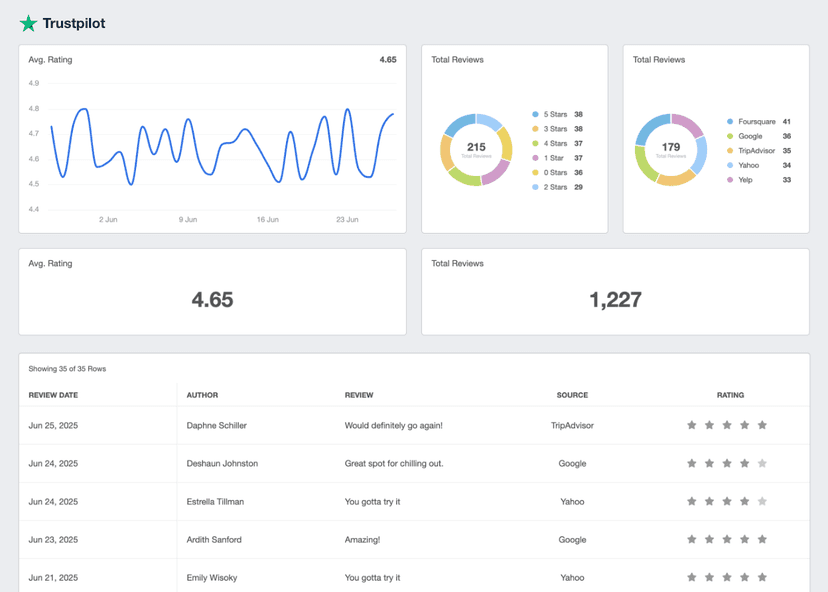Promoters
Referral Tracking
Monitor Promoter referrals to gauge the impact of word-of-mouth recommendations.
Product Optimization
Analyze Promoter feedback to optimize existing offerings and create impactful messaging.
Community Building
Invite Promoters to exclusive loyalty programs and foster a dedicated customer base.
Target Identification
Use Promoter data to identify and focus on high-value customer segments for targeted campaigns.
Why NPS Promoters Are Important
A critical aspect of analyzing a Net Promoter Score lies in understanding the customer feedback role in shaping the score, especially positive and negative word-of-mouth. Detractors, or those who score a service or product between 0 and 6, are often the source of negative sentiment that typically spreads quickly, influencing other potential customers and directly impacting a company's reputation and growth.
On the other hand, Promoters are crucial for gauging customer satisfaction and loyalty. They’re also essential for driving business growth, as these customers are more likely to provide word-of-mouth referrals. A high number of Promoters indicates that existing customers are satisfied and enthusiastic advocates for a brand or product.
Understanding Promoters helps refine marketing strategies. Nurturing these customers increases customer loyalty, repeat business, revenue growth, and a larger market share.

Stop Wasting Time on Reports. Get Marketing Insights Faster & Drive Results.
The Basics of Net Promoter Score (NPS)
Net Promoter Score (NPS) is a management tool used to gauge customer loyalty and satisfaction by asking a single question: "On a scale from 0 to 10, how likely are you to recommend our company/product/service to a friend or colleague?" Based on their responses, customers are categorized into three groups: Promoters, Passives, and Detractors.
To calculate the NPS for a business, subtract the percentage of Detractors from the percentage of Promoters. The score is not expressed as a percentage but as an absolute number, falling somewhere between -100 and 100.
For example, if 50% of respondents are Promoters, 20% are Passives, and 30% are Detractors, the NPS would be 20 (50% - 30%). Passives count toward the total number of respondents, which reduces the impact of Promoters and Detractors on the final score but does not directly affect the score itself.
How Promoters Relate to Other KPIs
Although used primarily in calculating Net Promoter Scores, Promoters also directly influence several other key performance indicators (KPIs), such as Customer Acquisition Cost (CAC). A higher number of Promoters often correlates with lower CAC since word-of-mouth and organic referrals reduce the need for paid advertising.
Similarly, Promoters impact Customer Lifetime Value (CLV). This is because satisfied customers are more likely to make repeat purchases and maintain longer brand relationships. Additionally, Promoters positively influence Engagement rates on social media. Their interactions and shares amplify brand reach, improving social media performance.

Key Factors Influencing NPS Promoter Levels
Measuring customer loyalty is about more than just a number—it’s about gaining actionable insights that help to increase the number of NPS Promoters over time. Unhappy customers rarely become Promoters, but it’s not impossible. Be sure to address pain points and prioritize customer relationships to secure a good Net Promoter Score over time.
The quality of customer service also influences NPS scores. A good brand interaction creates a positive experience, which often turns neutral customers into NPS Promoters. Invest in adequate customer service training and ensure teams have the right tools to get the job done.
To gain valuable data about the customer experience, have a proper Net Promoter system in place. For example, ask for feedback at the right times (e.g., after a purchase) and make an NPS survey easy to fill out. Then, calculate Net Promoter Score at regular intervals to see if there have been any changes.

How To Do a Net Promoter Score Calculation
To calculate Promoters, rely on the Net Promoter Score (NPS) score method. Based on the responses, categorize customers into Promoters (9-10 score), Passives (7-8), and Detractors (0-6). The percentage of customers who are Promoters is then calculated to gauge overall customer advocacy.
Promoters Formula Example
What Is a Good Percentage of Promoters?
A good percentage for Promoters typically ranges around 70-80%. This indicates strong brand loyalty and satisfaction levels. It suggests that most customers are pleased with the product or service and actively advocate for it.
Such high average Net Promoter Scores are often seen in businesses with exceptional customer service and a commitment to building relationships.
What Is a Bad Percentage of Promoters?
A bad percentage for Promoters is generally considered to be below 50%. This signals potential satisfaction or brand perception issues, indicating fewer customers are willing to recommend the brand.
A low Promoter score should warrant immediate attention to identify underlying problems and prevent unhappy customers (e.g., poor support after an online purchase).
How To Set Promoter Benchmarks and Goals
Begin by analyzing historical Promoter and NPS data, which forms the baseline for setting benchmarks. Next, compare these figures with Net Promoter Scores (NPS) industry standards to gauge performance.
To break it down further, back-calculate how much revenue is generated per existing Promoter. This step puts a monetary value on the Promoter metric, making it more specific to a business. Additionally, segment customer bases to reveal what type of customer typically becomes a Promoter and use this to boost NPS score over time.
Why Promoters Matter to Clients
For clients, Promoters reflect loyalty and brand strength. Essentially, Promoters are a testament to their product or service quality, giving a quantitative measure of customer feedback.
Promoter brand advocacy often translates into organic business growth, which reduces reliance on paid advertising and improves cost efficiency. Furthermore, Promoters provide invaluable feedback and help clients fine-tune their product or service offerings. In turn, this approach helps to build a sustainable, customer-centric brand.

Why Promoters Matter to Agencies
For agencies, Promoters demonstrate the effectiveness of their developed marketing strategies. It’s also a clear indicator of how well they manage and enhance a client's brand image.
This metric also serves as a powerful tool in validating an agency’s work to clients, showcasing tangible results in enhancing customer loyalty. Moreover, understanding Promoters is helpful for refining strategies and ensuring that campaigns continue to resonate with target audiences. This helps agencies deliver optimal results continuously and retain clients in the long run.

Access the newest features and innovations in digital marketing reporting with AgencyAnalytics
Best Practices When Analyzing and Reporting on Promoters
Effective reporting is essential to demonstrate campaign effectiveness and guide future strategies. Here are a few best practices to enhance understanding of customer advocacy and drive informed decision-making.
Present Segmented Data
Break down Promoters by demographics, behavior, or purchase history. Explain your Net Promoter Score system for greater transparency.
Use Visual Representations
Incorporate graphs and charts to represent Promoter data visually, making it easy to understand and interpret.
Show Correlation with Other KPIs
Show how Promoters correlate with other vital KPIs like Customer acquisition Cost, Conversion Rates, or Customer Lifetime Value.
Do a Trend Analysis
Track changes in Promoter numbers and NPS data over time. Use Net Promoter Score surveys to identify trends, seasonal fluctuations, or the impact of specific campaigns.
Share Qualitative Feedback
Include qualitative feedback from Promoters to give a complete picture of customer sentiment and satisfaction.
Include Actionable Insights
After running NPS surveys, include actionable recommendations to increase the number of Promoters and enhance the overall customer experience.
GatherUp Dashboard Example

Related Integrations
How To Improve the Number of Promoters
Cultivating strong Promoters plays a vital role in shaping a brand’s image. Here are some actionable strategies to enhance this critical metric and nurture loyal customers.
Personalize Interactions
Tailor interactions to make customers feel valued and increase their likelihood of becoming Promoters.
Quality Consistency
Maintain high product or service quality, which drives customer satisfaction and leads to more Promoters.
Acknowledge Loyalty
Implement loyalty programs or incentives for repeat customers to reward their repeat business.
Related Blog Posts
See how 7,000+ marketing agencies help clients win
Free 14-day trial. No credit card required.










